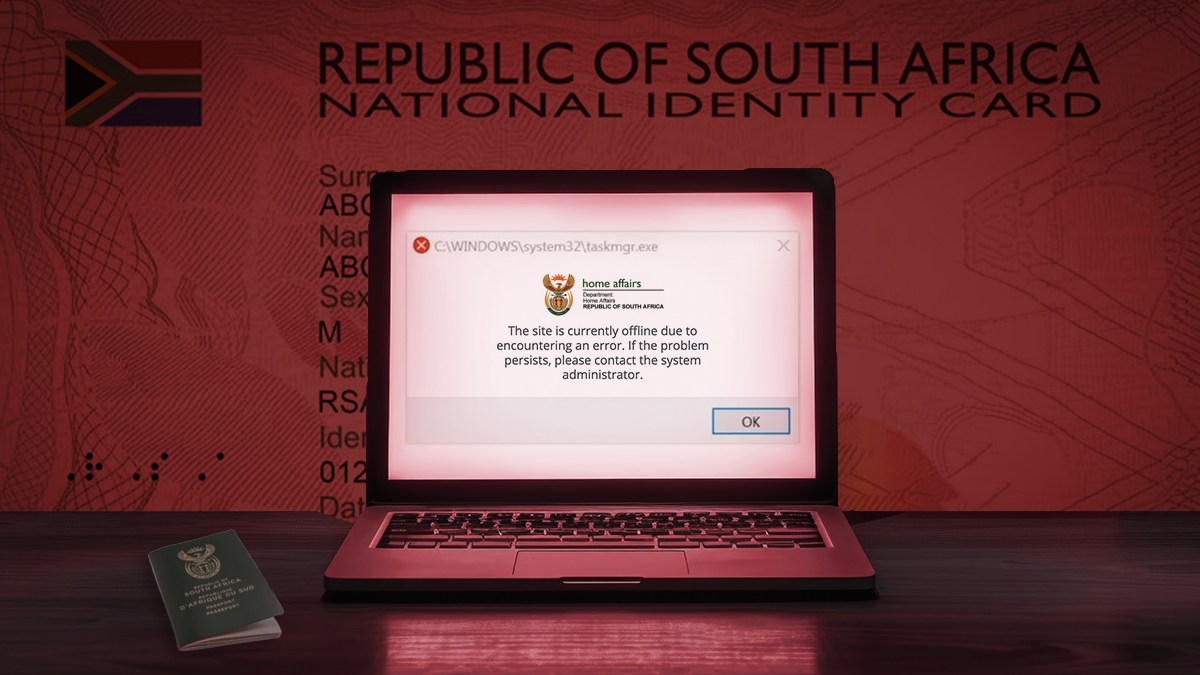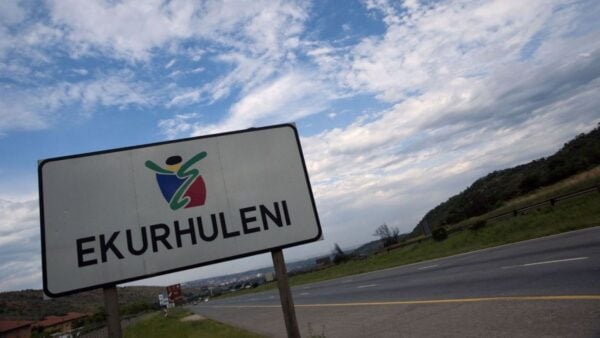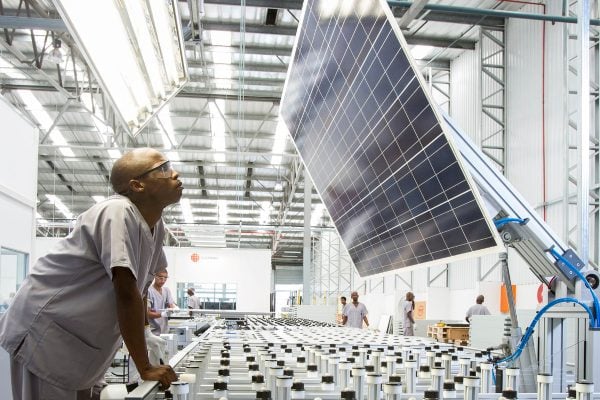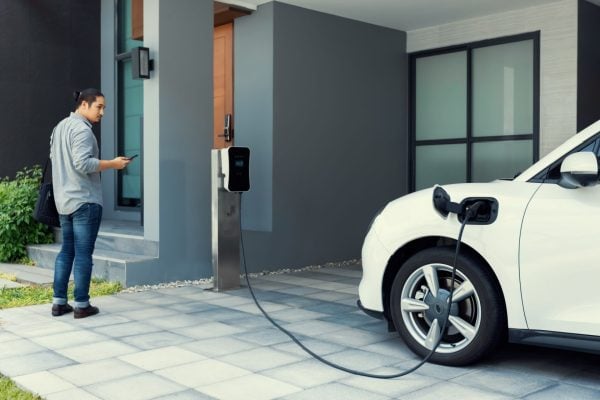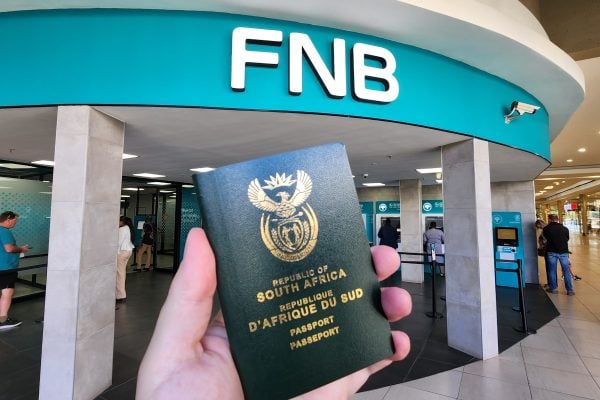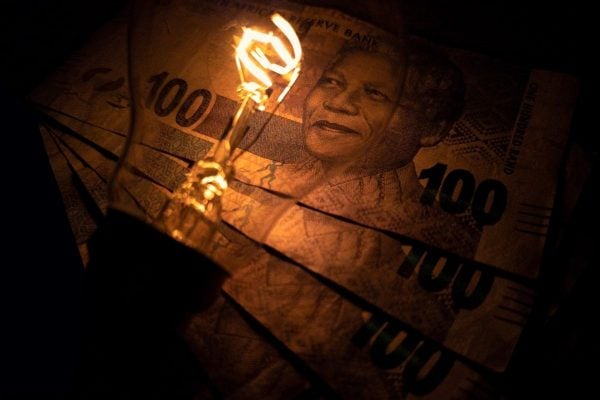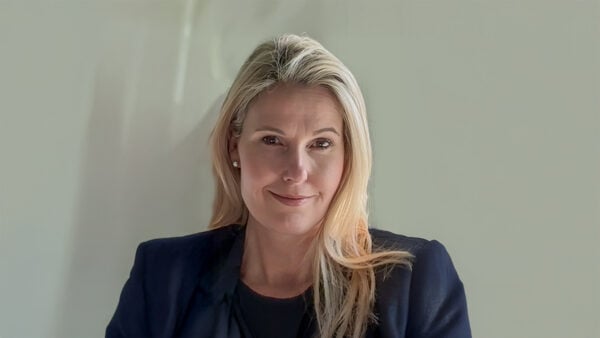Boost for South African solar plants
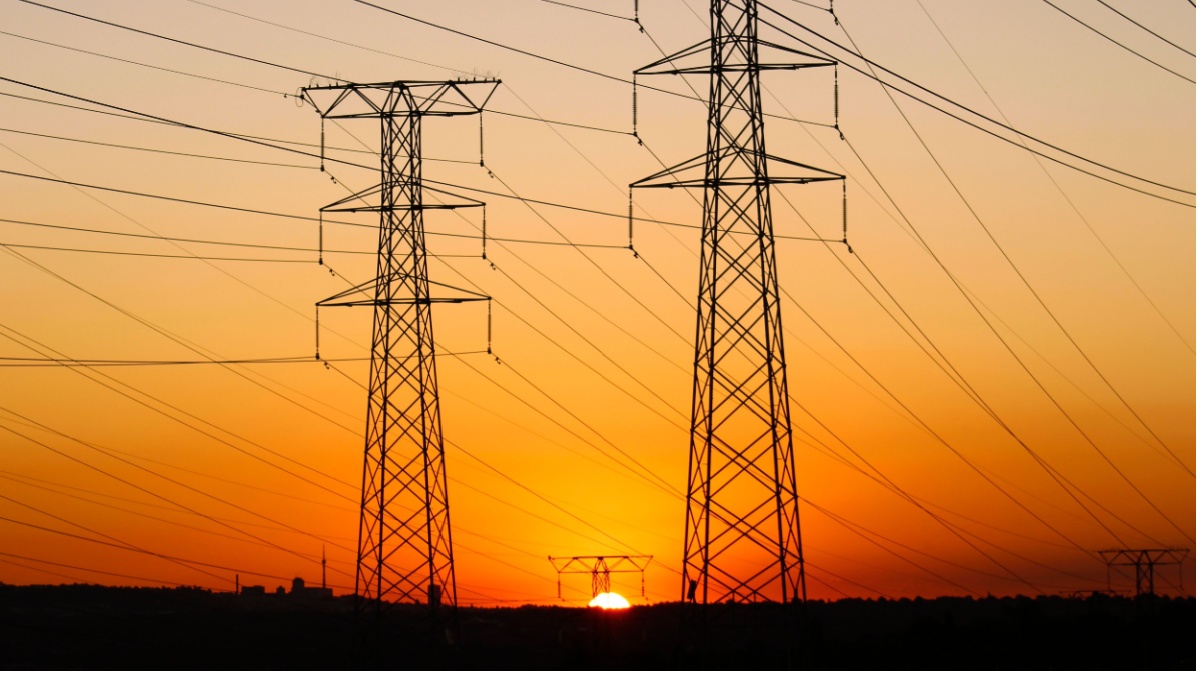
Electricity and Energy Minister Kgosientsho Ramokgopa has released draft regulations to enable the private sector to procure transmission infrastructure capacity.
This follows a determination gazetted by Ramokgopa on 28 March under section 34 of the Energy Regulation Act.
This allows the minister, in consultation with the regulator, to procure new capacity or transmission infrastructure when they determine that the continued uninterrupted supply of electricity is threatened.
In the determination, Ramokgopa outlines the need for 400 kilovolts of transmission lines over 1,100km divided into seven corridors in three provinces.
The new draft regulations aim to facilitate private parties’ planning, procurement, and establishment of transmission capacity, enhancing the reliability of the national power system and connecting additional generation to the grid.
The minister explained how this would play out at a press briefing last week.
“Transmission infrastructure will be procured from private sector participants through what we call independent transmission providers,” Ramokgopa said.
“The ministry is mandated to procure, so we do so. The National Transmission Company of South Africa (NTCSA) then buys what we would have procured following the most cost-effective, fair, and competitive tendering procedures.”
If Ramokgopa decided to procure new infrastructure, he would need to provide the details and rationale for the decision to the Finance Minister, including whether it would deviate from the Transmission Development Plan (TDP) or Integrated Resource Plan (IRP).
The regulations point out that determinations made by the minister to procure new transmission infrastructure must not deviate from the TDP or IRP unless warranted.
These regulations only apply to procuring transmission infrastructure by private parties, referred to as transmission service providers, and not the Transmission System Operator (TSO), which is yet to be established.
Stakeholders have 30 days from 3 April 2025 to submit comments concerning the draft regulations.
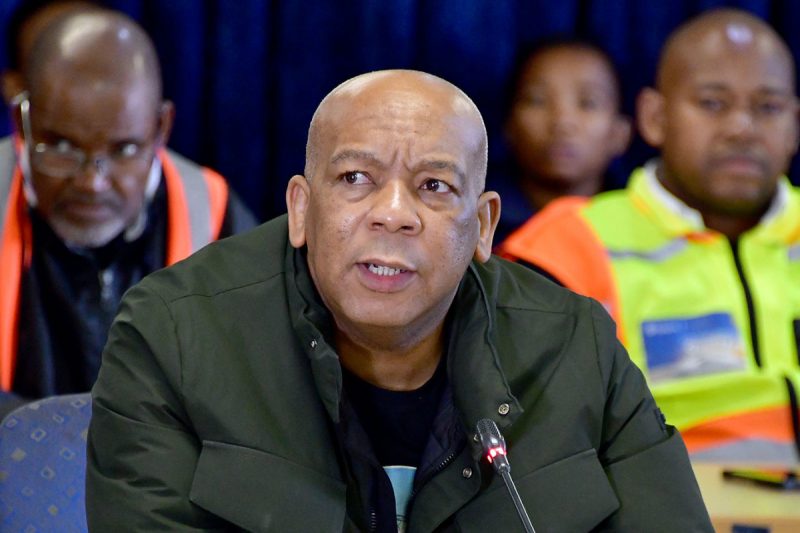
Ramokgopa said the pilot, which will procure 1,164km of transmission lines, would help make 3,200MW of generation capacity available to the national grid.
This is equivalent to two-thirds of a fully functioning Kusile Power Station.
The minister explained that expanding the national transmission network is key to the development of the economy.
“For the South African economy to grow, we need to unshackle it from the structural constraints, which are electricity and the inefficiencies on the logistical side,” Ramokgopa said.
“The second is greater investment by the private sector. The R1 trillion investment over the medium term that the President and Finance Minister announced is the government’s contribution to infrastructure.”
“However, we need significantly more than that to achieve this,” he added.
This infrastructure is also critical given the slew of independent power provider (IPP) projects set to come online in the near future, according to Krutham managing director Peter Attard Montalto.
“We need to unlock a lot of this future capacity appearing in the IRP. Renewables spread out around the entire country, batteries spread out around the entire country, and exciting new things like pumped storage,” he said.
“To connect it all, we need a vastly upgraded grid, and everyone has acknowledged this. Actually making it happen is proving to be slightly more complex and slightly more of a knotty issue than it should otherwise be.”
Montalto says it will be critical for the private sector to get involved through independent transmission power projects, as is common in many other countries.
“Eskom is only able to build around 300km per year of new lines currently. They need around 2,500km per year built,” said Montalto.

